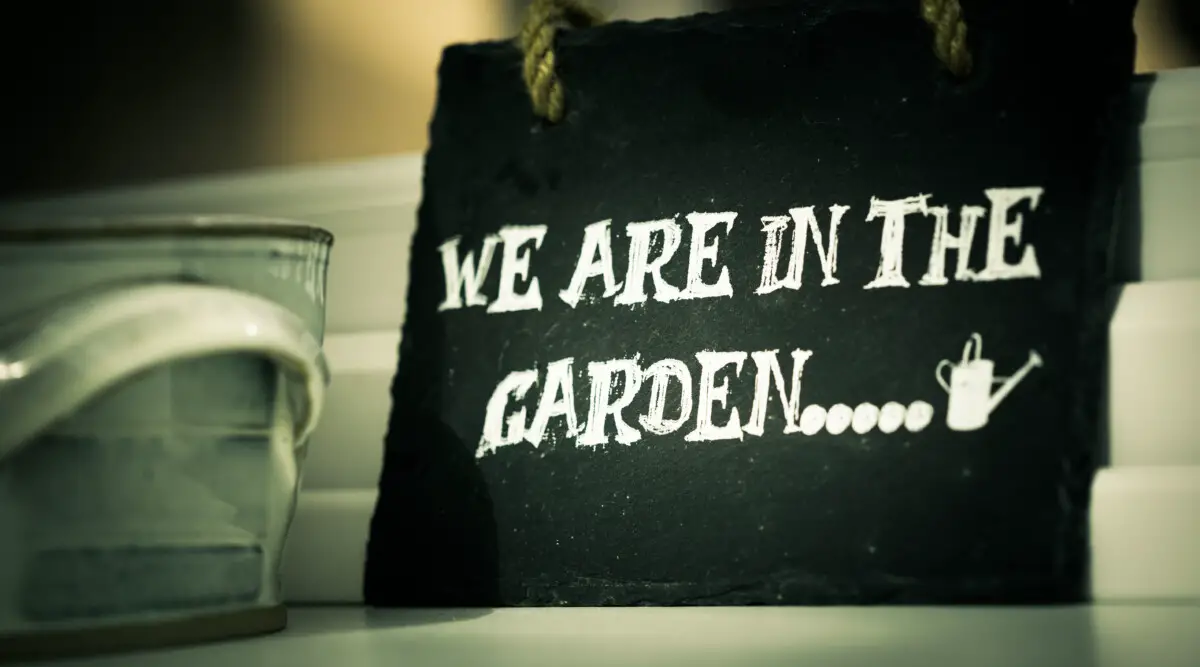An Interview with Rowan Berecry
This Article first appeared on NRAD.ORG.AU and is republished here with permission Carbon8.
The Good Rich Fruit Company is located approximately 45 minutes west of Stanthorpe in an area known as The Traprock just outside of Inglewood, Queensland. The Goodrich family has been farming this property since 1860 and were primarily growing sheep as the country around is prime wool-raising land.
Approximately 30 years ago the Gold Mine opposite them pulled out and left a water allocation that needed to be used or it would be taken back by the government of the day. Around that time (2010) the Goodrich family decided to diversify their operation and move away from commodity markets. This led them to Nutrafruit as contract growers of Queen Garnet Plums. Farming in the same area for five generations, the Goodrich family is now one of the largest producers of Queen Garnet Plums in Australia.
Driving around the property with Rowan Berecry (farm manager) in the farm Ute, we discuss their operation and what makes them unique.
Rowan explains they have just over 75,000 Queen Garnet Plum trees. The aim is to grow great-tasting fruit naturally, with a high nutrient density that is health-giving. The fruit is grown without the need for herbicide, fungicide, and insecticide cover sprays. Using totally Regenerative and Biological growing methods, they use the natural biology to create food for the trees and maintain their health. Irrigation is delivered by double drip tapes from the huge dam via a radio-controlled irrigation system monitored by Rowan and his team.
The first few years went brilliantly, production was going up and up. The fruit was getting an amazing reputation in the market. And then the wheels fell off Rowan recounted.
Rowan went on to describe how the drought had impacted the farm and that in an effort to secure more water to keep the trees alive they had installed a number of bores. “In hindsight, it was when we started the bores. They were too salty. As the drought continued the salt levels just got higher. We didn’t recognise for a few years that this water really did a lot of damage.”
Structuring all the water by running it through various magnets and then through a Hydro smart device prior to it going out to the trees has helped remove the salts, providing cleaner water. They also put in a deep bore that has given further access to clean water.
When asked Rowan describes himself as ‘THE most conventional of growers, based on the NSW central coast’ prior to becoming involved with biological systems. He was getting wiped out with brown rot, mites, and carpophilus beetles constantly. He contacted the chemical supply companies to assist with more chemicals – a sledge hammer big enough to get rid of it all. It was around this time his wife encouraged him along for a few days with Arden Andersen doing a workshop on Regenerative Systems. Rowan says that was the catalyst for change. Within a couple of years, the farm down on the Central Coast was completely insect-free and fungal-free. The fruit quality had improved out of sight and production was up 30%. The fruit just lasted and lasted and lasted.
By using biology to chelate virtually everything that gets applied in the orchard from nitrogen to selenium and everything in between, Rowan claims he is able to put the entire periodic table out onto the trees and soils. To produce biology they use native microbes or paunch material, the rumen part of the stomach in cows and sheep, and breed up the natural fauna. They then use a portion to chelate and brew the various elements, minerals, and health-giving microbes that ultimately go out to the trees. Working in batches of a thousand litres at a time with a few different food sources including sea minerals and effective microbes and other things, they ferment anaerobically for a minimum of 30 days. Looking around Rowan has up to 30 of the tanks at various stages of the cycle.

Depending on the timing and testing Rowan designs a mix for that period. That mix might have 8 different things in it – in a million different combinations. The team also uses biology in the fermentation process on mature plums to extract the polyphenols, flavonoids, and antioxidants needed for great-tasting fruit. The theory is that when sprayed back on the tree, the fruit tree gets a big wack of activity and produces better quality fruit.
Rowan is keen to explore the nutrient density of his fruit but feels their point of difference is in the way the fruit is grown as well as other health-giving benefits such as flavonoids. “We know our fruit is heavier than the fellas that are growing commercially. Our Fruit has the reputation of being the best eating of all the growers.”
While they are not seeing a price difference at the supermarket’s Rowan states his fruit sells before the others. “That’s our advantage. We are the first sold.”
From a financial standpoint, the cost of production is far cheaper with the no chemical input approach and much healthier for not only the consumer but also the farm workers. Rowans’ workers are happy and relieved they are no longer dealing with the toxic chemicals and sprays used on other farms. There is a lightness and joy in their spirits as they work around the farm. “When we first started doing it a few of the staff said oh yuk can’t do that, but now they love it.”
According to Rowan, Bim Goodrich says the cost of the inputs was as much on those first 10,000 trees in the first year as it does for the whole orchard now under this management.
Each week they put a few things through the fertigation system until harvest and then he will reassess and work out what is needed next. Planning a month or two in advance of what they make, they are currently working on batches of potassium silica to assist the trees with sunburn protection, and nutrient uptake for the upcoming summer. Some will go through fertigation system; some will go on the trees in the form of foliar spray. Instead of paying $10 a litre making it costs around 40 or 50 cents although it doesn’t have the potency of the commercial products. Rowan says “Because we can produce it for next to nothing, we can use 3 times as much. We make our own humate to go in everything as well. So that becomes a food source for all of the brews and goes out on to the ground as well. A few times a year we will do a ground spray of silica and potassium humate. We use a lot of Diatomaceous Earth to start the silicon. Basalt fines, Guano or DE are all included in all of these shuttles, plus there is sea minerals in all of them. So we have the whole spectrum covered. Then it all gets chelated by the good bugs, making it more plant friendly or available. It’s an exciting program. There is potential to save massive amounts of money. “
I asked Rowan if he had any advice for would-be farmers wanting to head into the regenerative space. Thoughtfully he responded with a discussion about peer pressure and fear of change before going on to say, “I would certainly try to direct them down this biological, regenerative line.”
Rowan suggests reading, webinars, and podcasts to assist in a monster mindset change. People like John Kempf are unbelievably brilliant and is changing the thinking on plant nutrition by a long way, says Rowan. Starting with Arden Andersen and his book, Rowan recalls the first time reading it he could only read 5- 6 pages and then had to put it down and think about it – so profound was the mind shift.
Rowan was a gracious host and interview subject.
If you would like to purchase these wonderful plums, please see the Goodrichfruitco.com.au or ask your local fruit shop to obtain them for you by name. Knowing where our food comes from and how it is grown is the most important thing we can do for our health and for our farmers.

Rowan first became involved with the Good Rich Fruit Company while working out of Moree with a biological fertiliser company that is no longer in business. He was asked to assist a nurseryman who was having problems. From this he had his first meeting with Bim Goodrich who after an hour or so said– will you just come and run this? A few months later Rowan was running the farm and has been there ever since. 10 years now.
Further Research and References
http://regenag.com/web/biofertiliser-faq/
https://fieldcapture.ala.org.au/project/index/d0139df8-57ef-4d21-bd24-ed3ab16285c4
https://wanderingseeds.wordpress.com/
http://wwwuser.gwdg.de/~kuzyakov/SBB_2015_Gunina_Sugars-Origin-Content-Fate_Review.pdf



